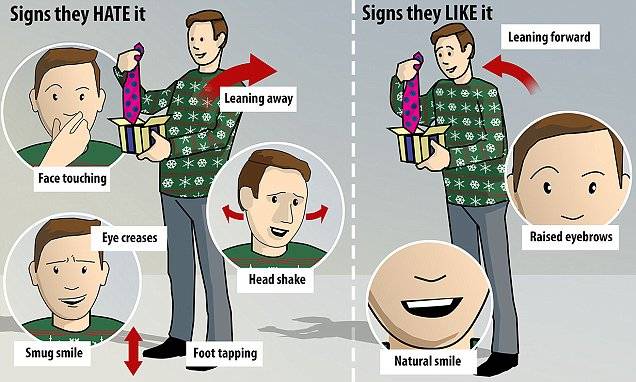Recent research has suggested that the way in which you walk can impact your mood.
In the video below, Janine Drive, President of the Body Language Institute, joins the TODAY show to analyze the strides of their anchors and says that physically changing the way we walk can affect how we feel.
Visit NBCNews.com for breaking news, world news, and news about the economy
 A new study recently published in the Journal of Experimental Psychology has confirmed that a new era of airport security screening is upon us.
A new study recently published in the Journal of Experimental Psychology has confirmed that a new era of airport security screening is upon us.